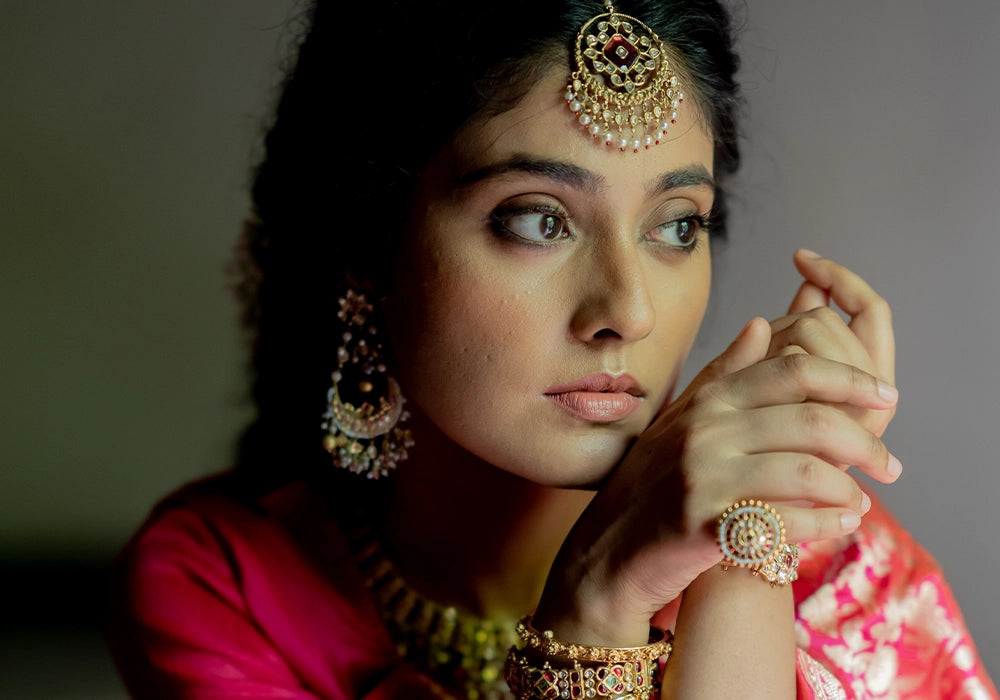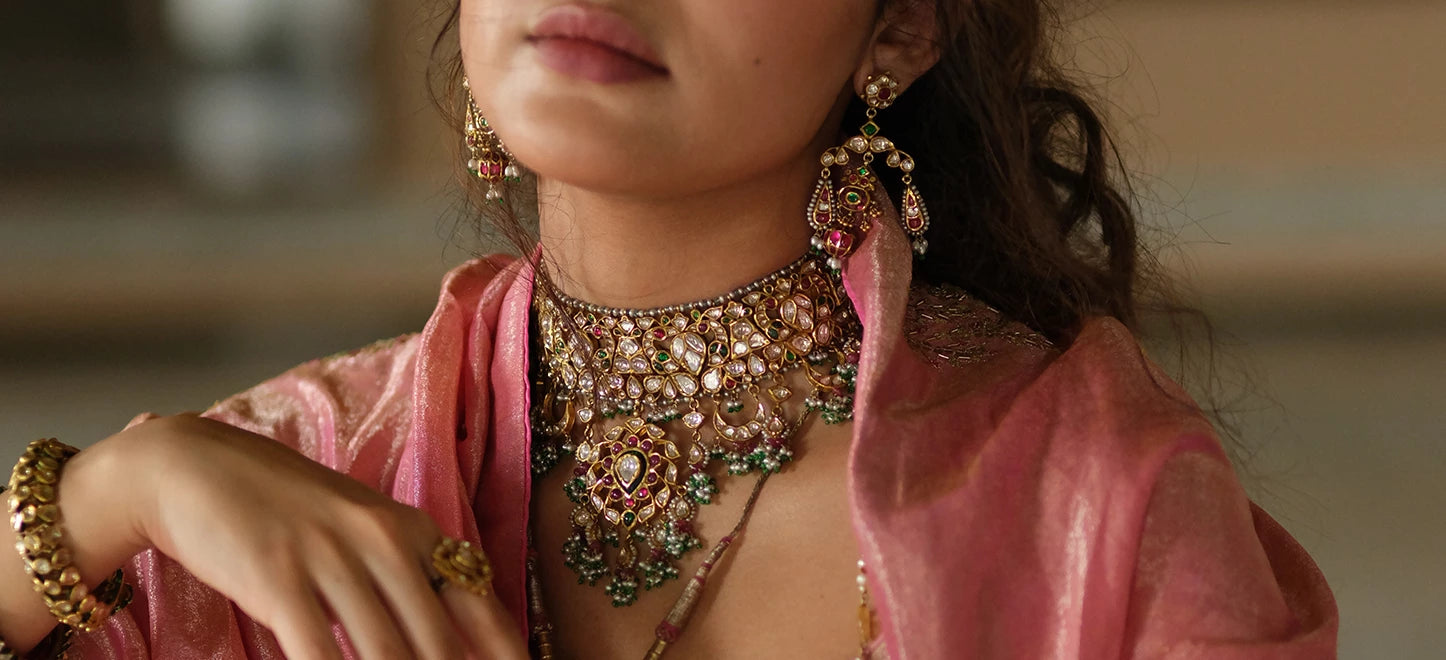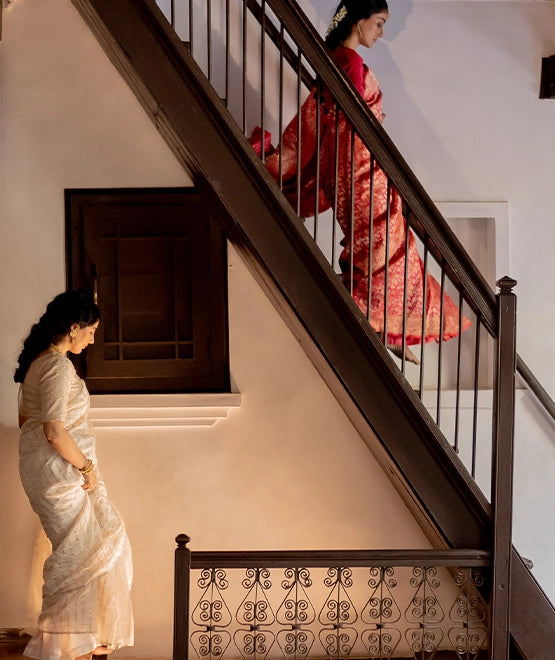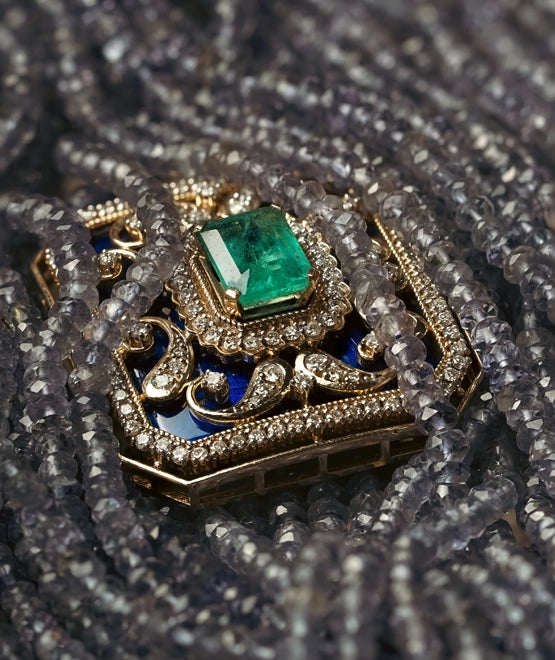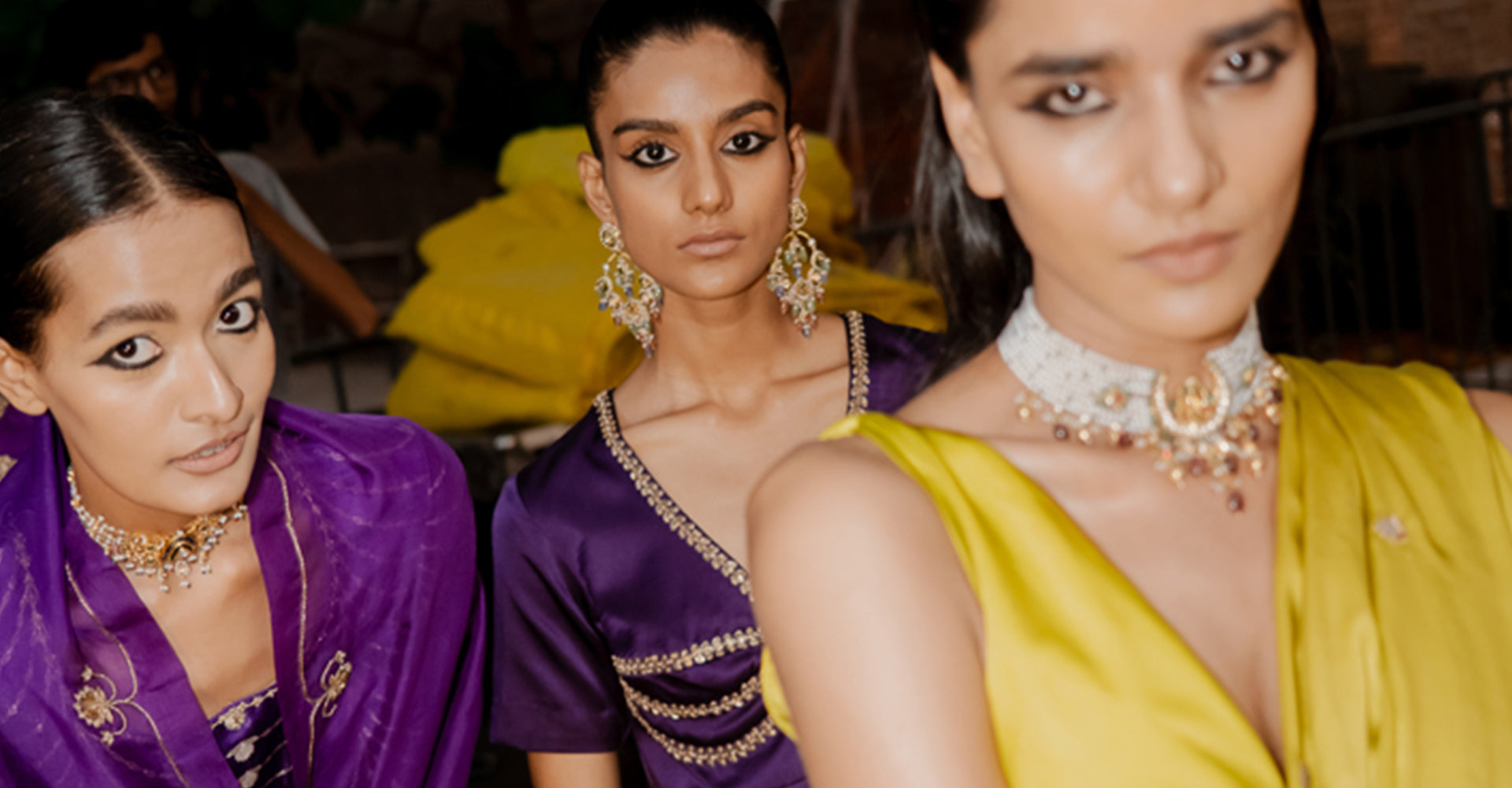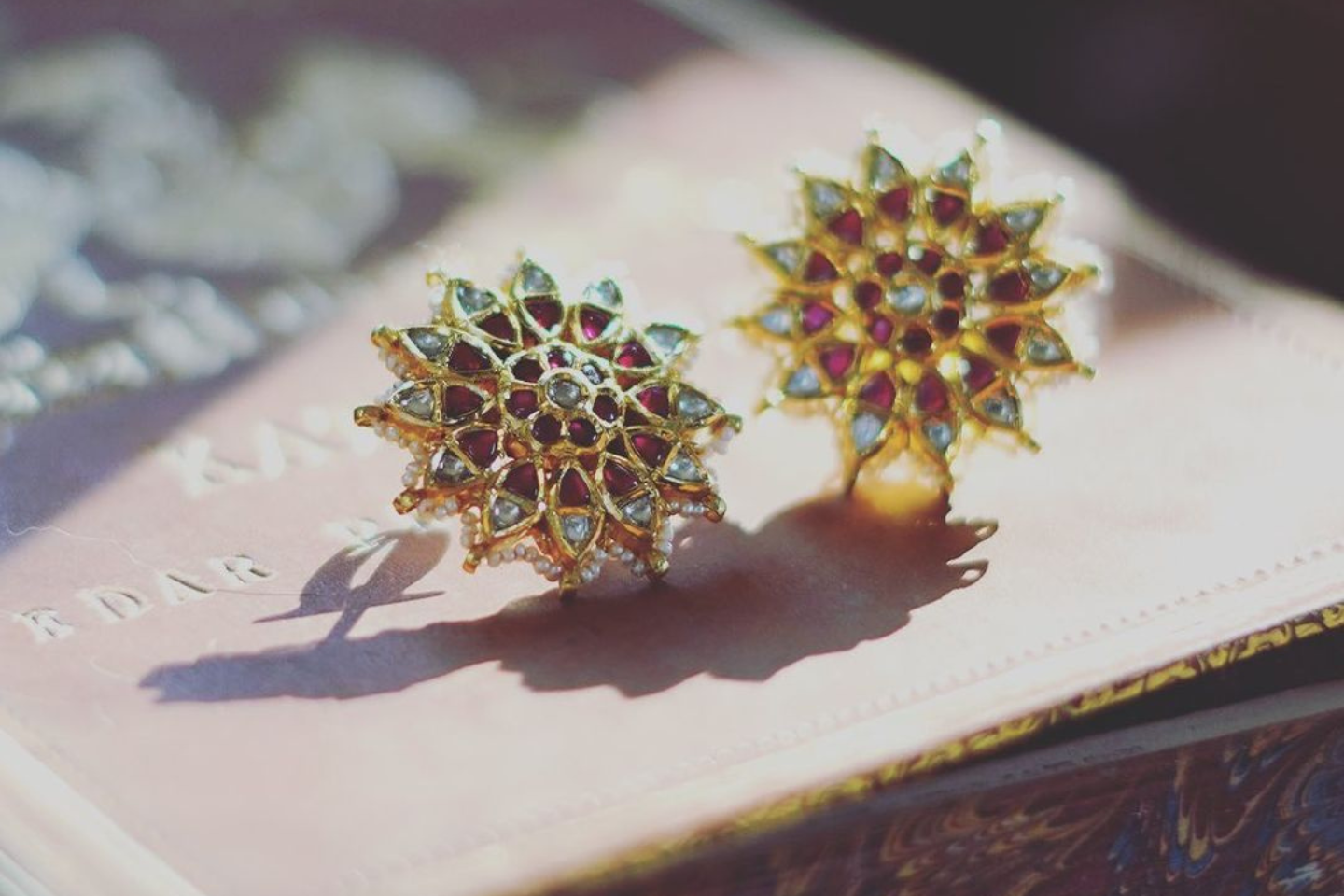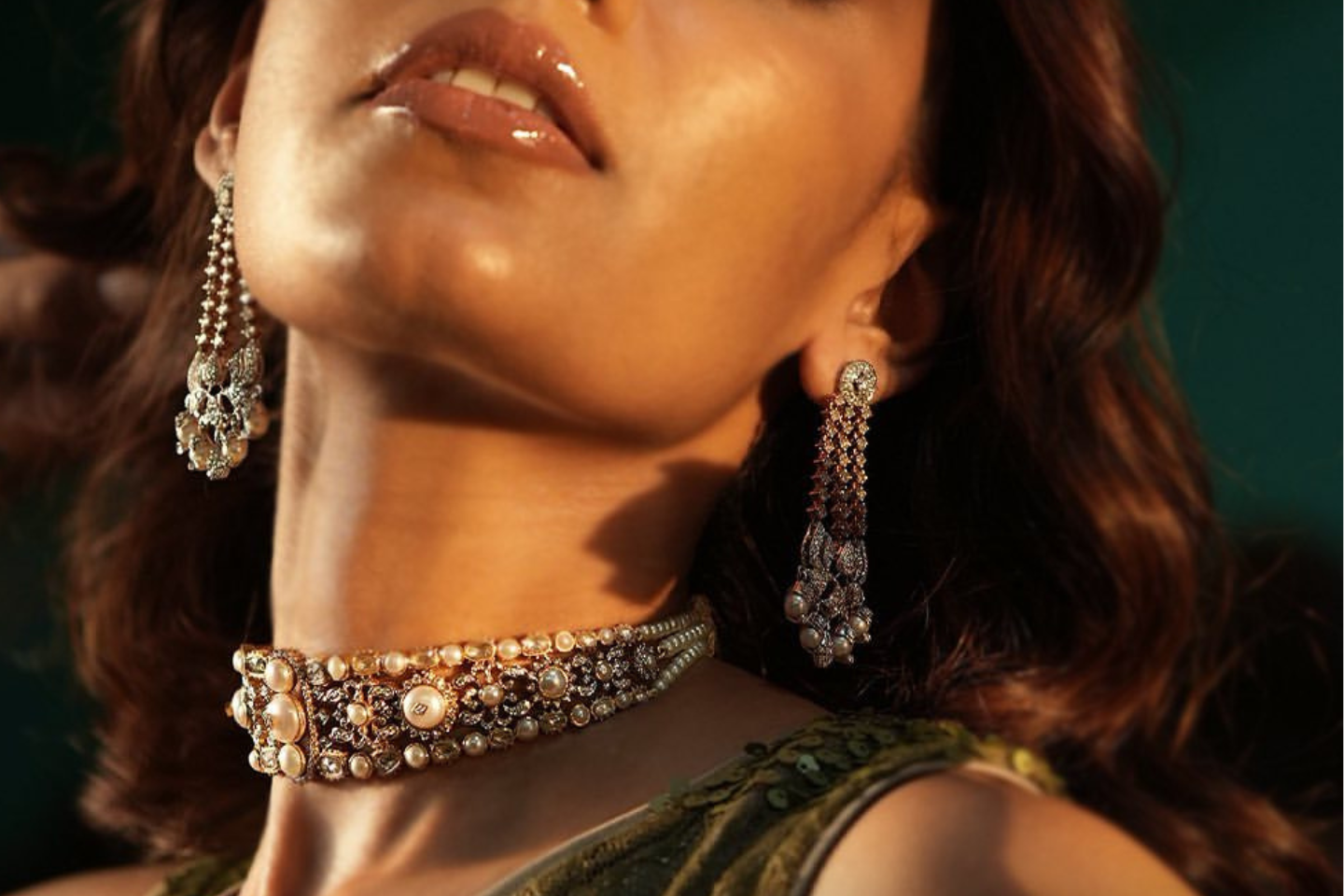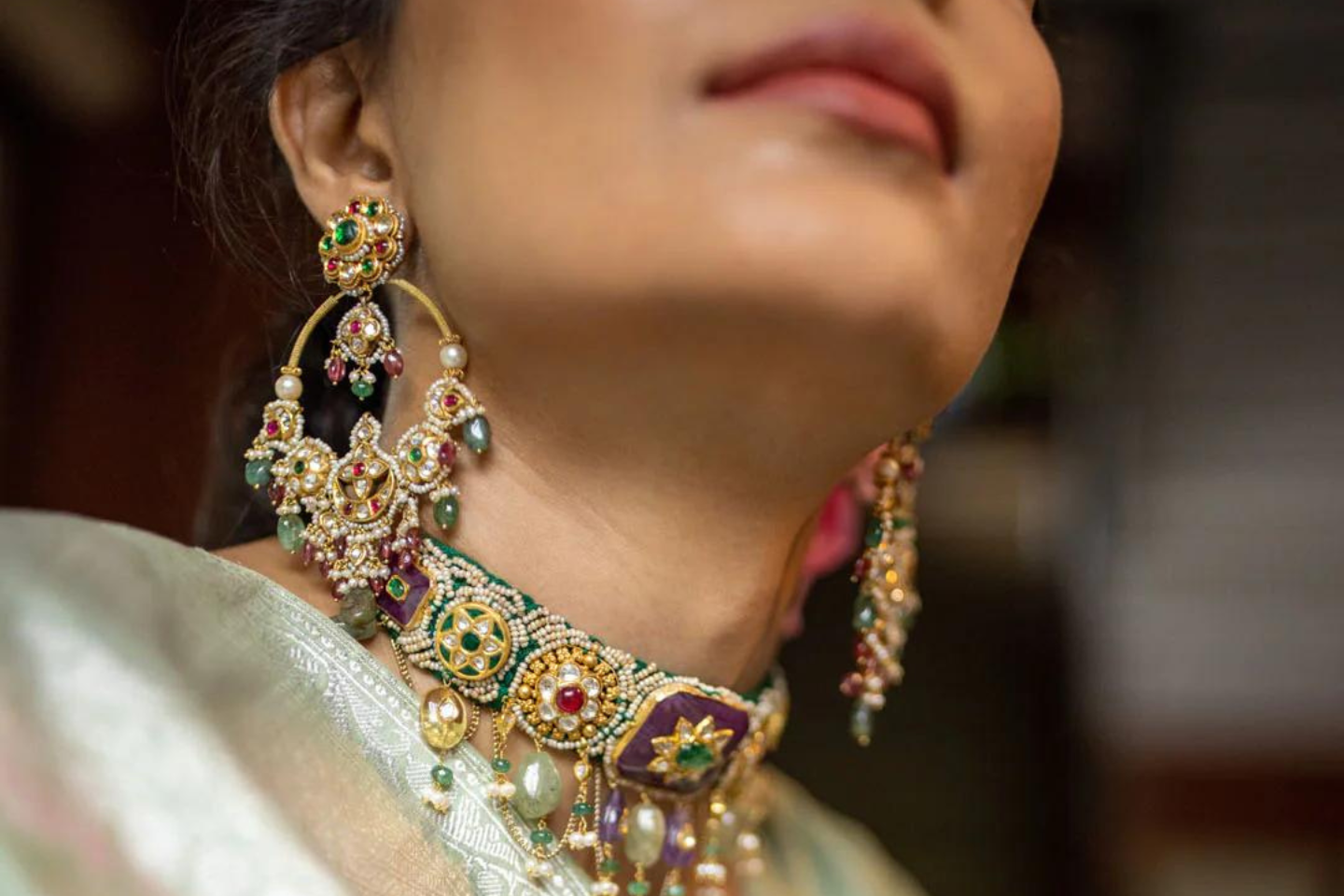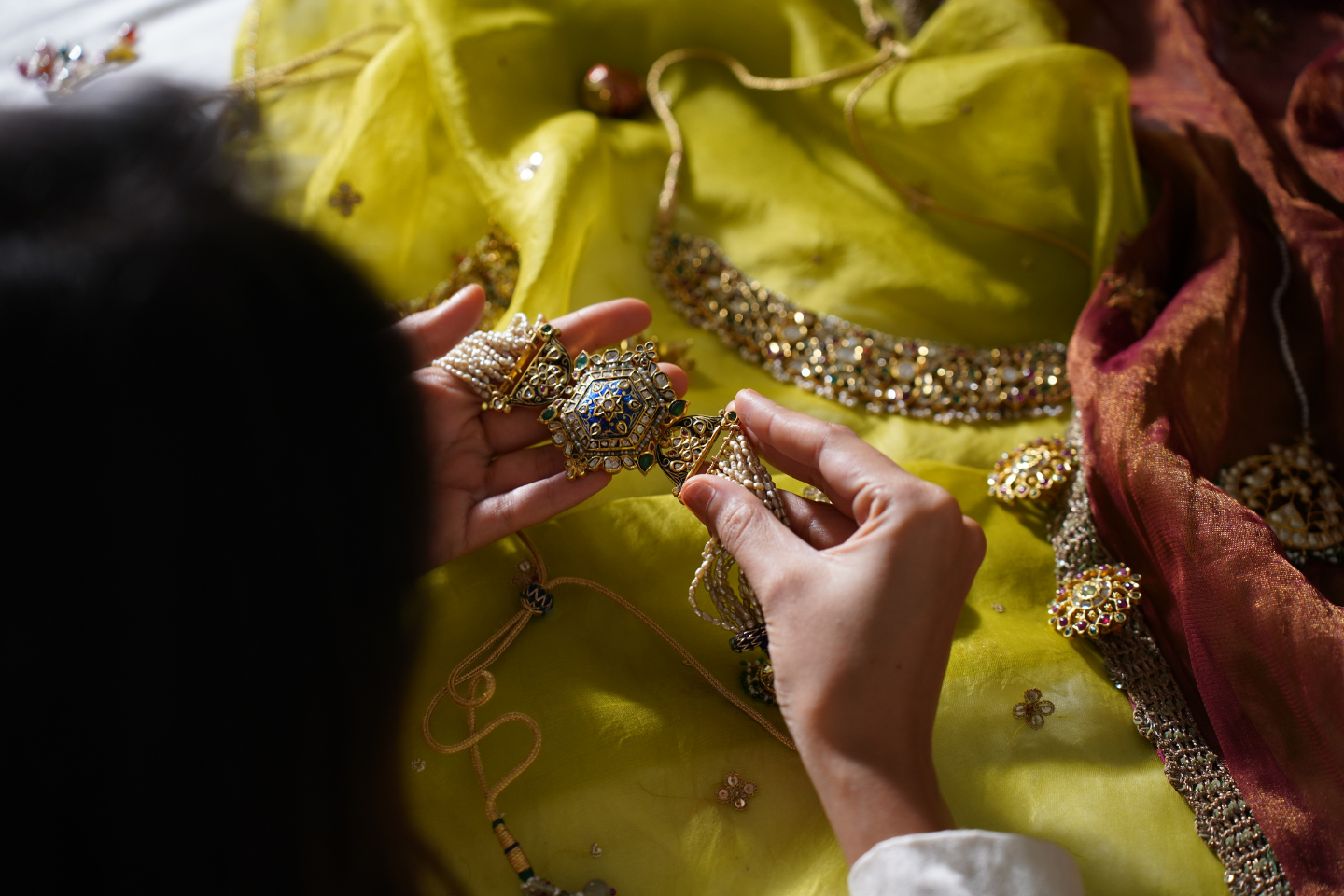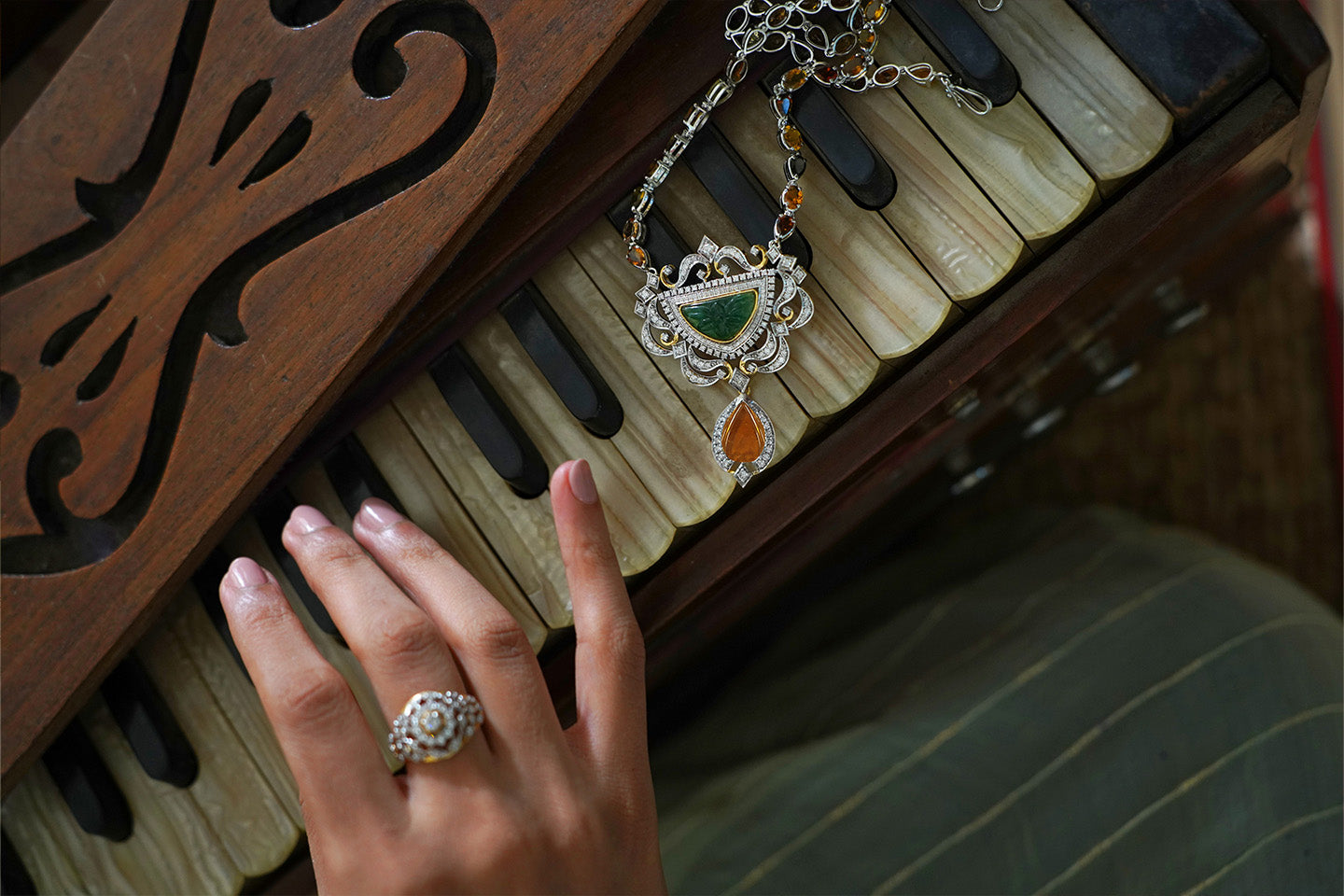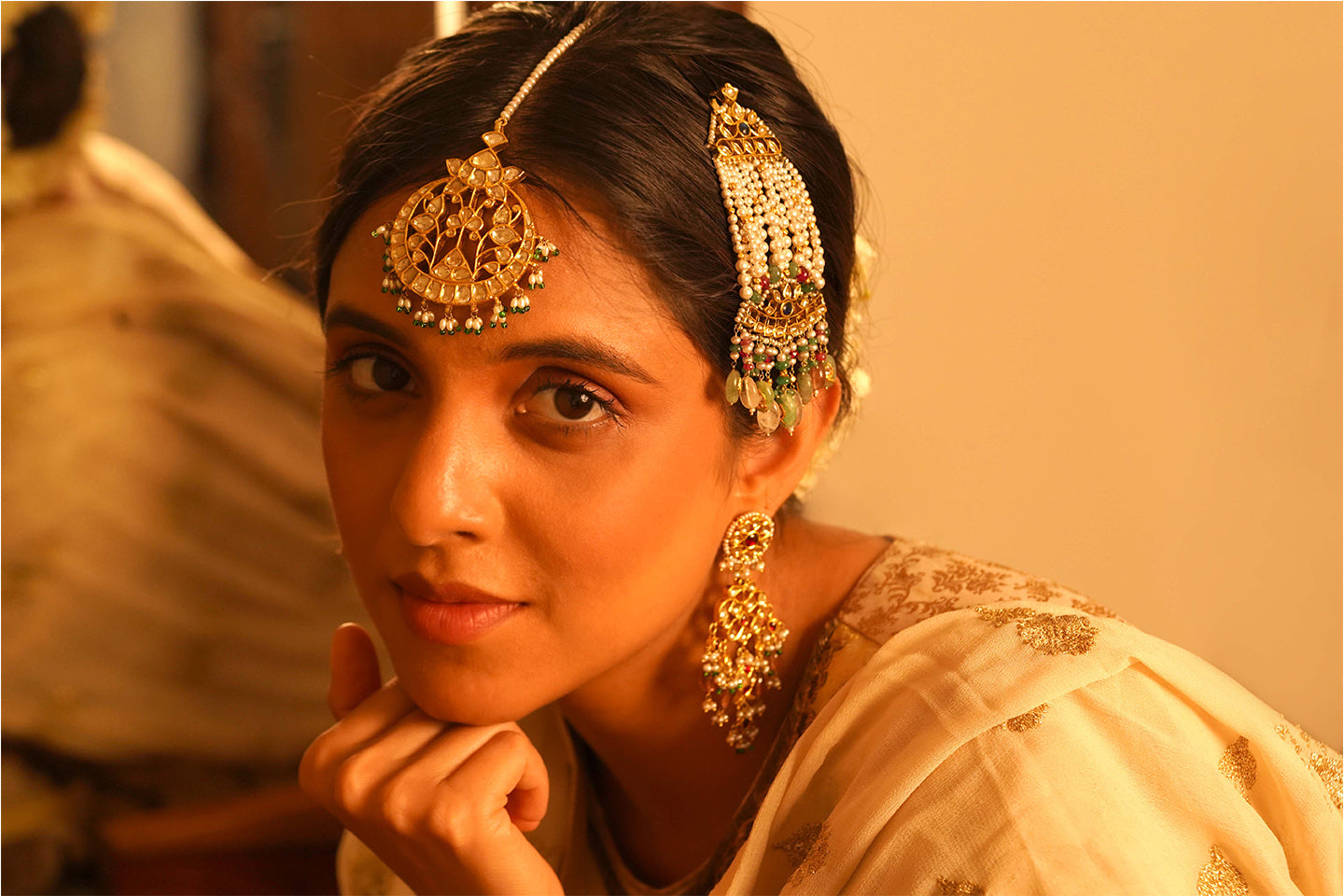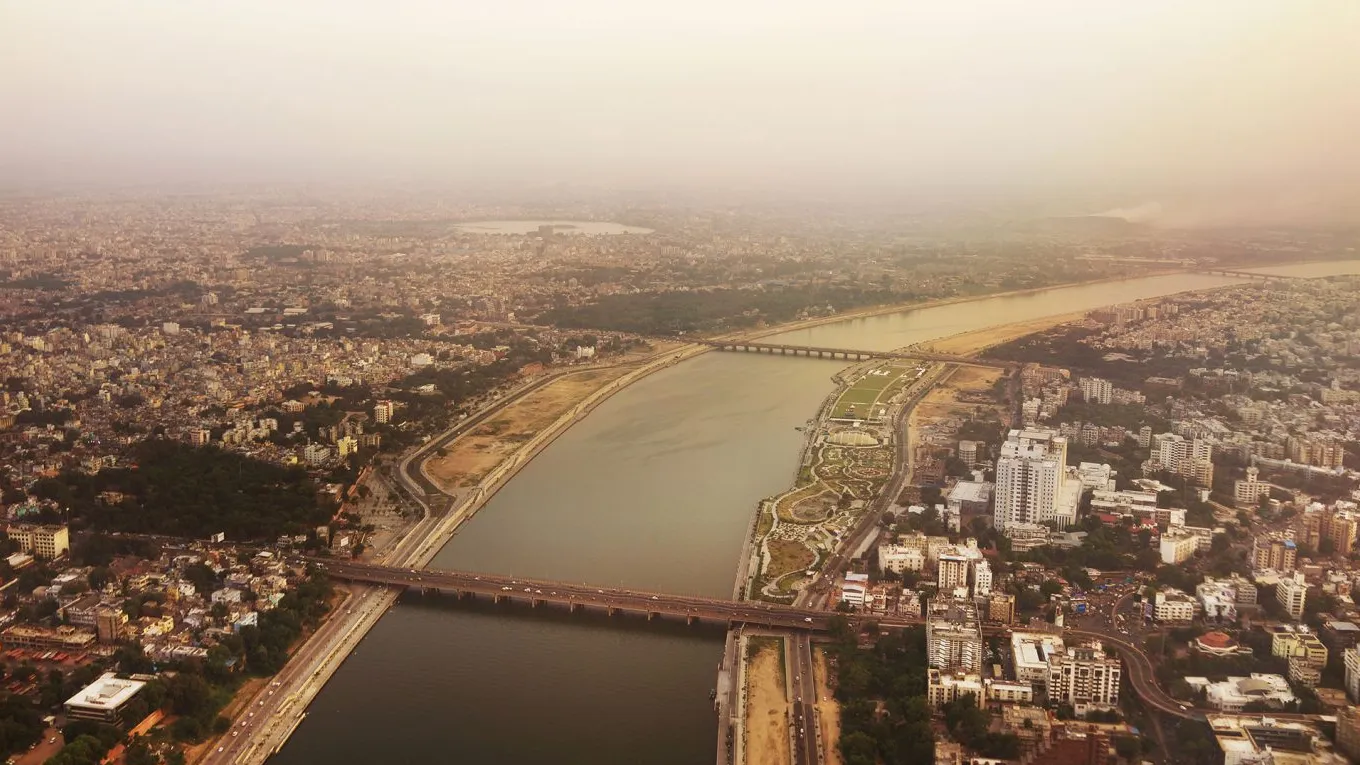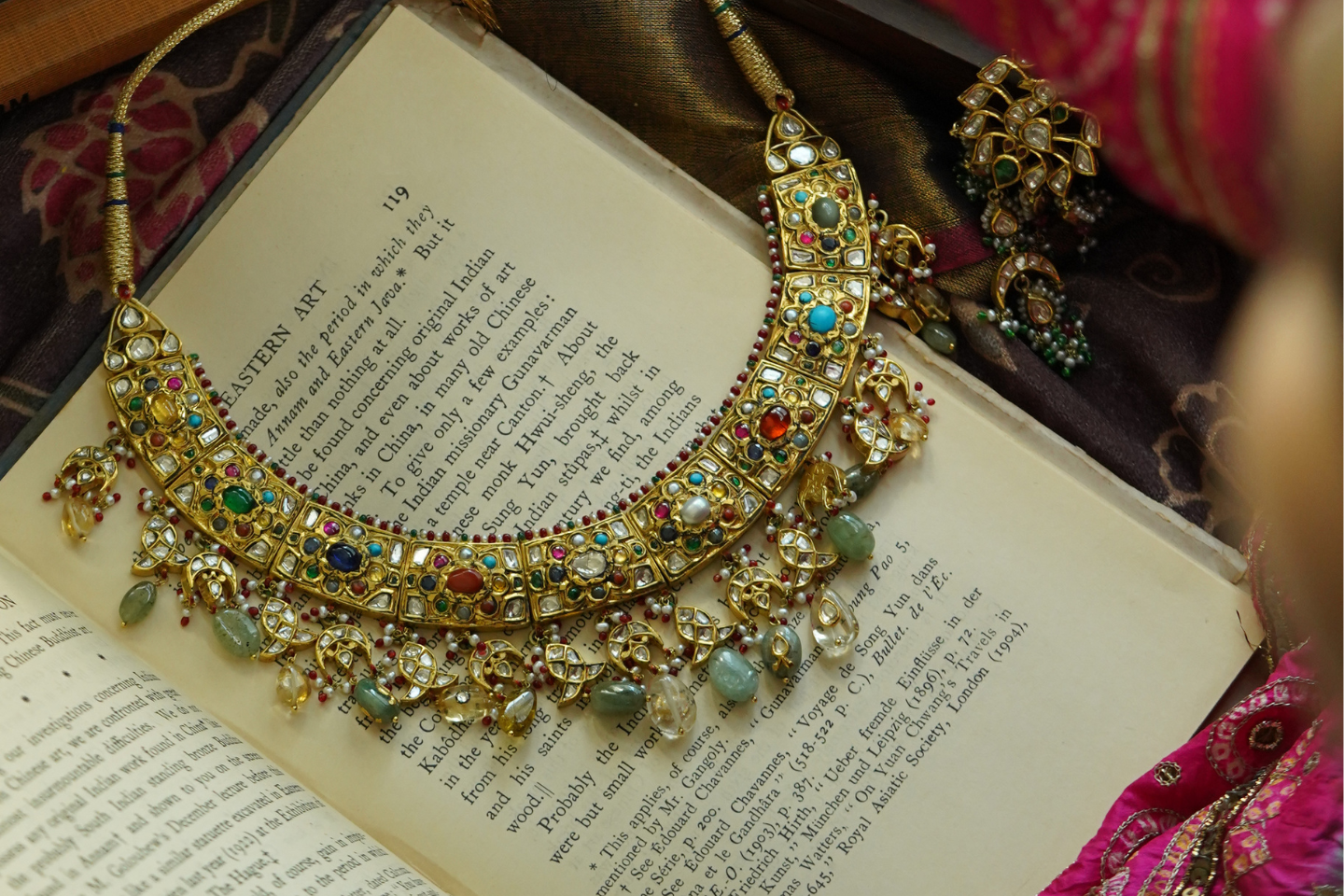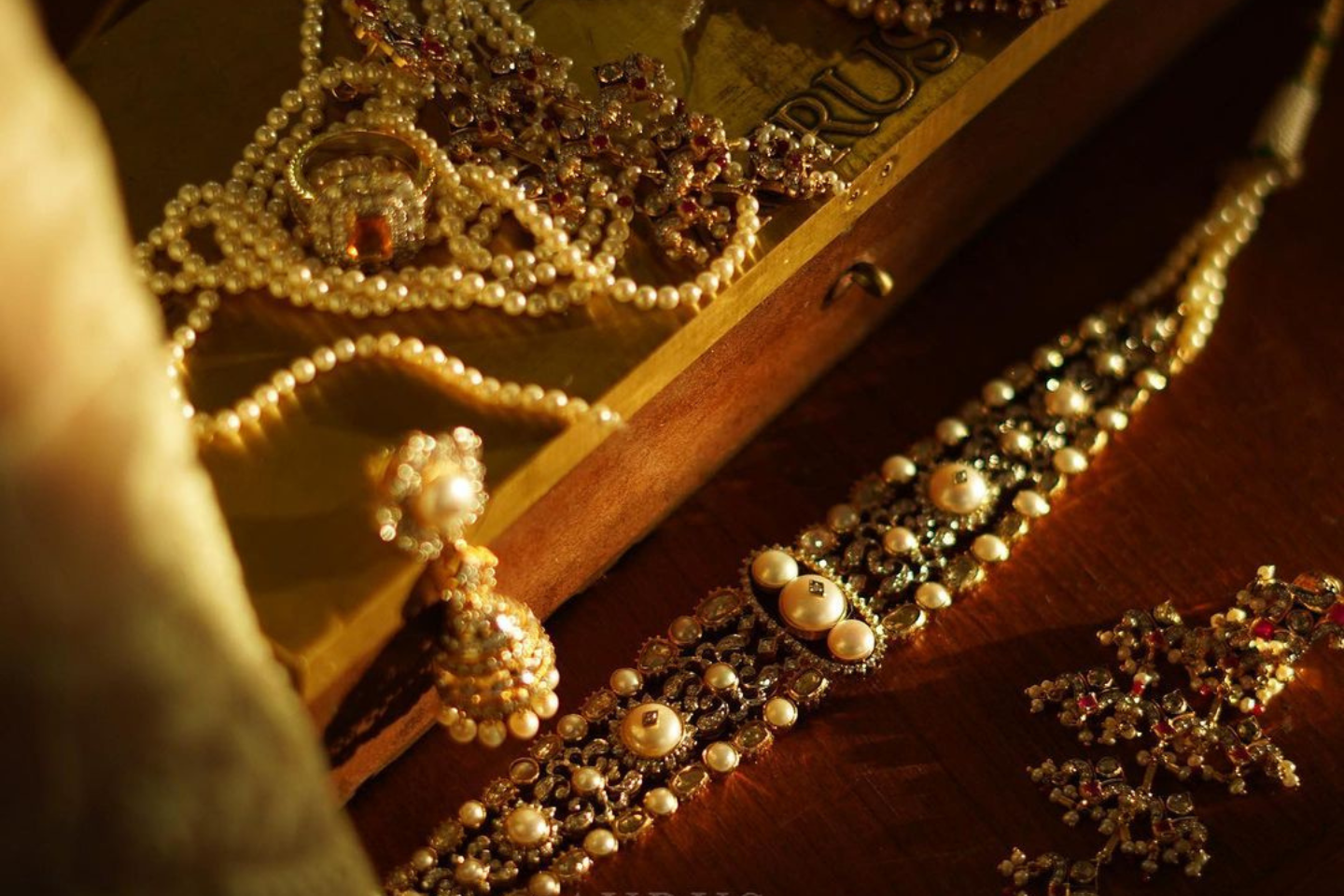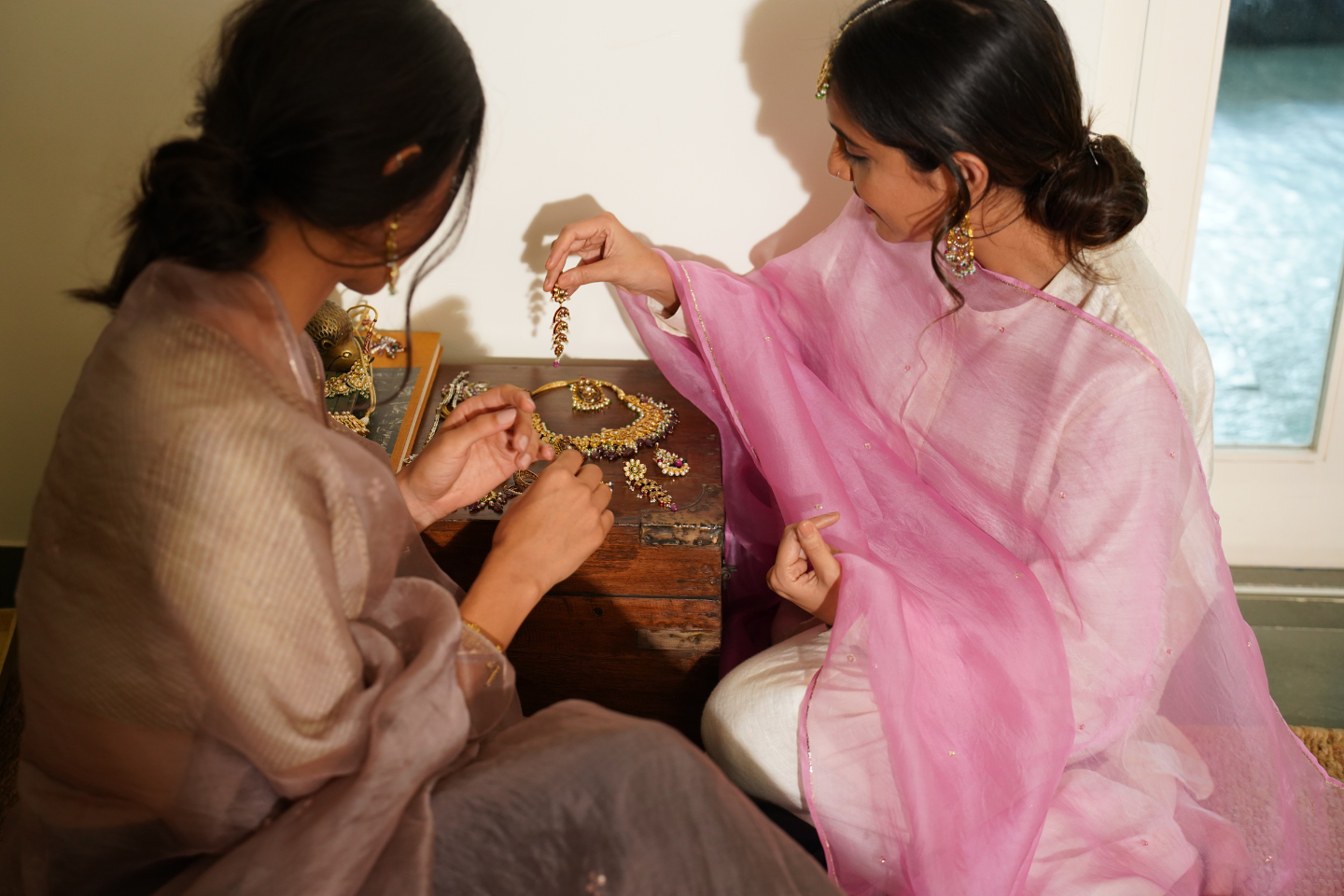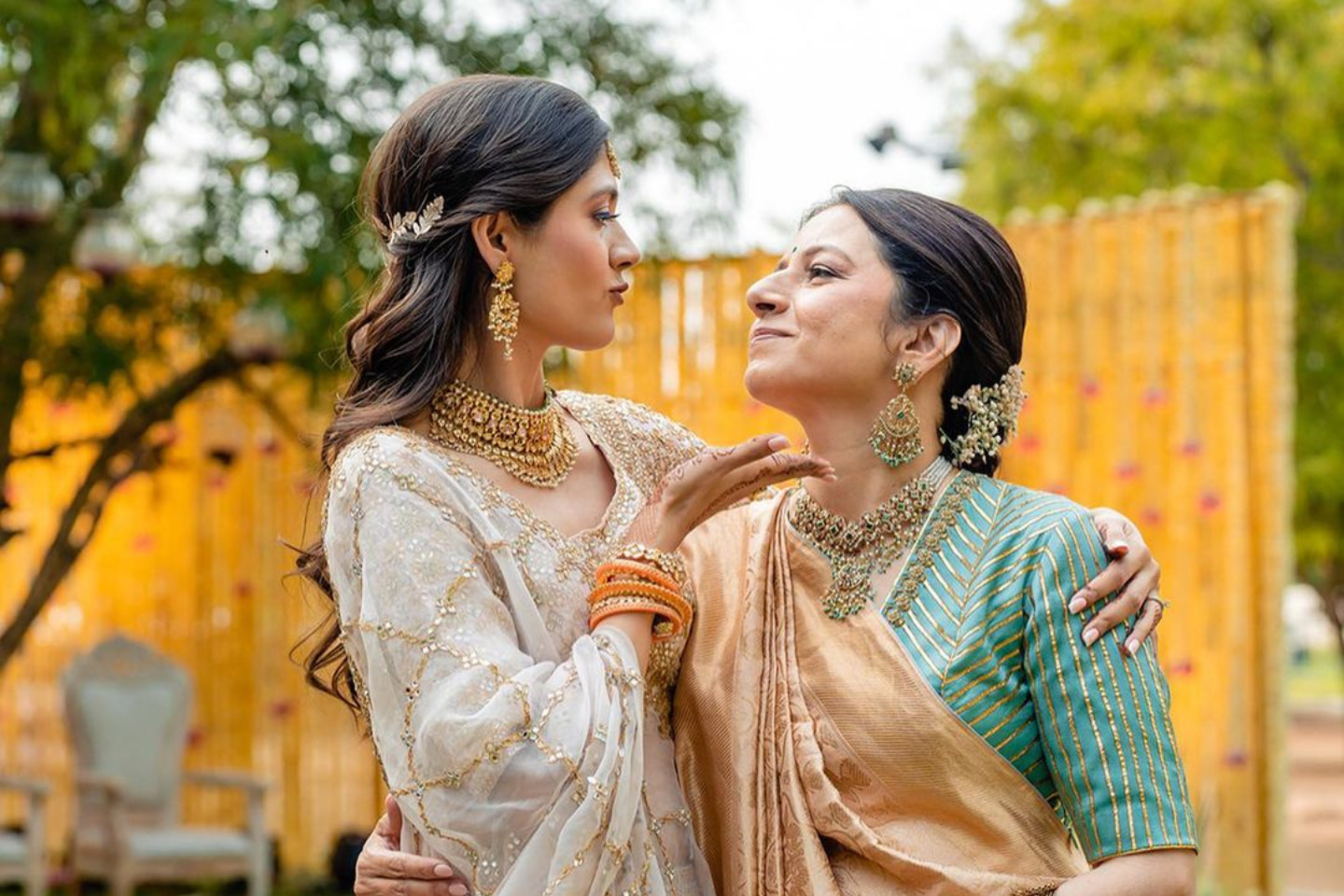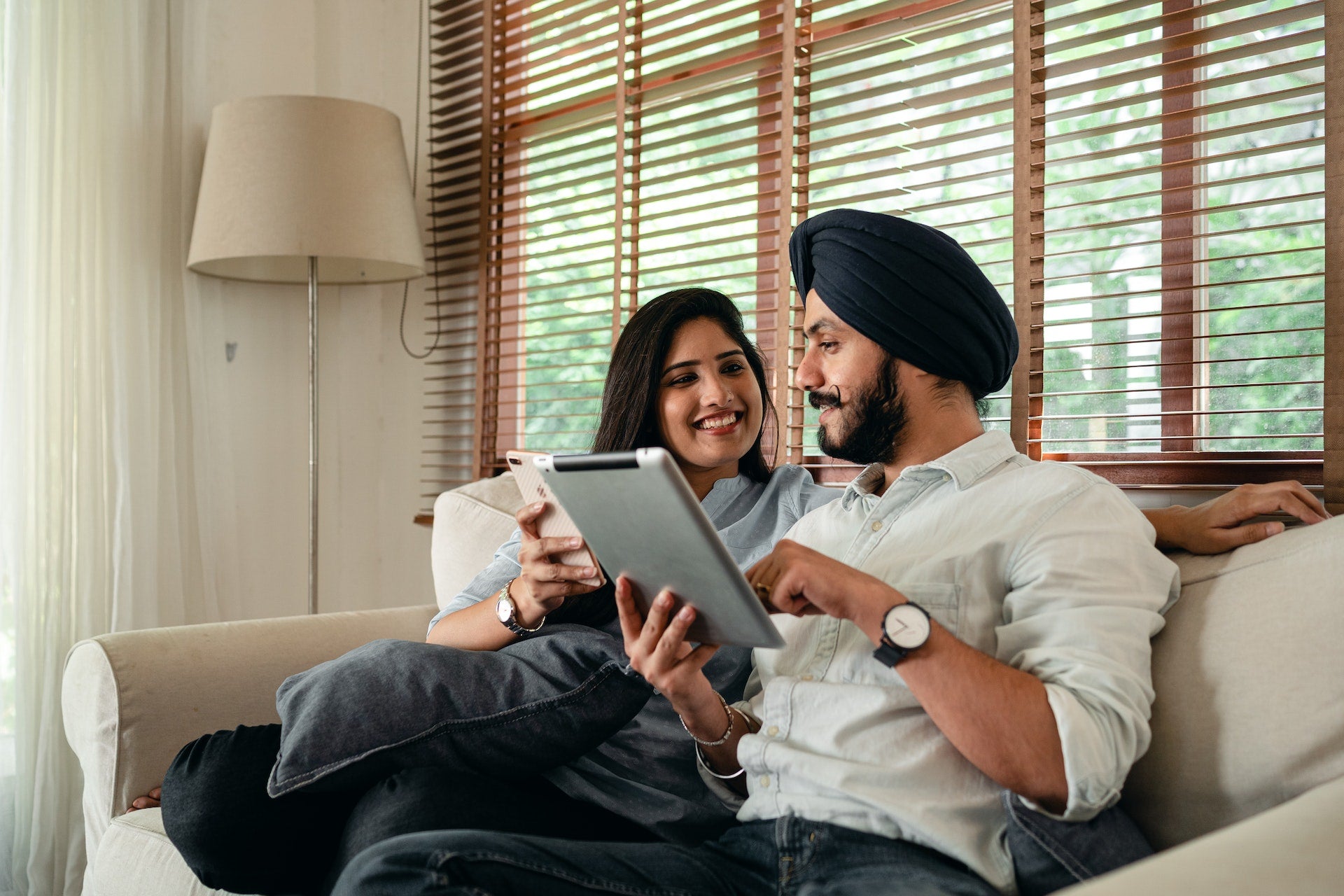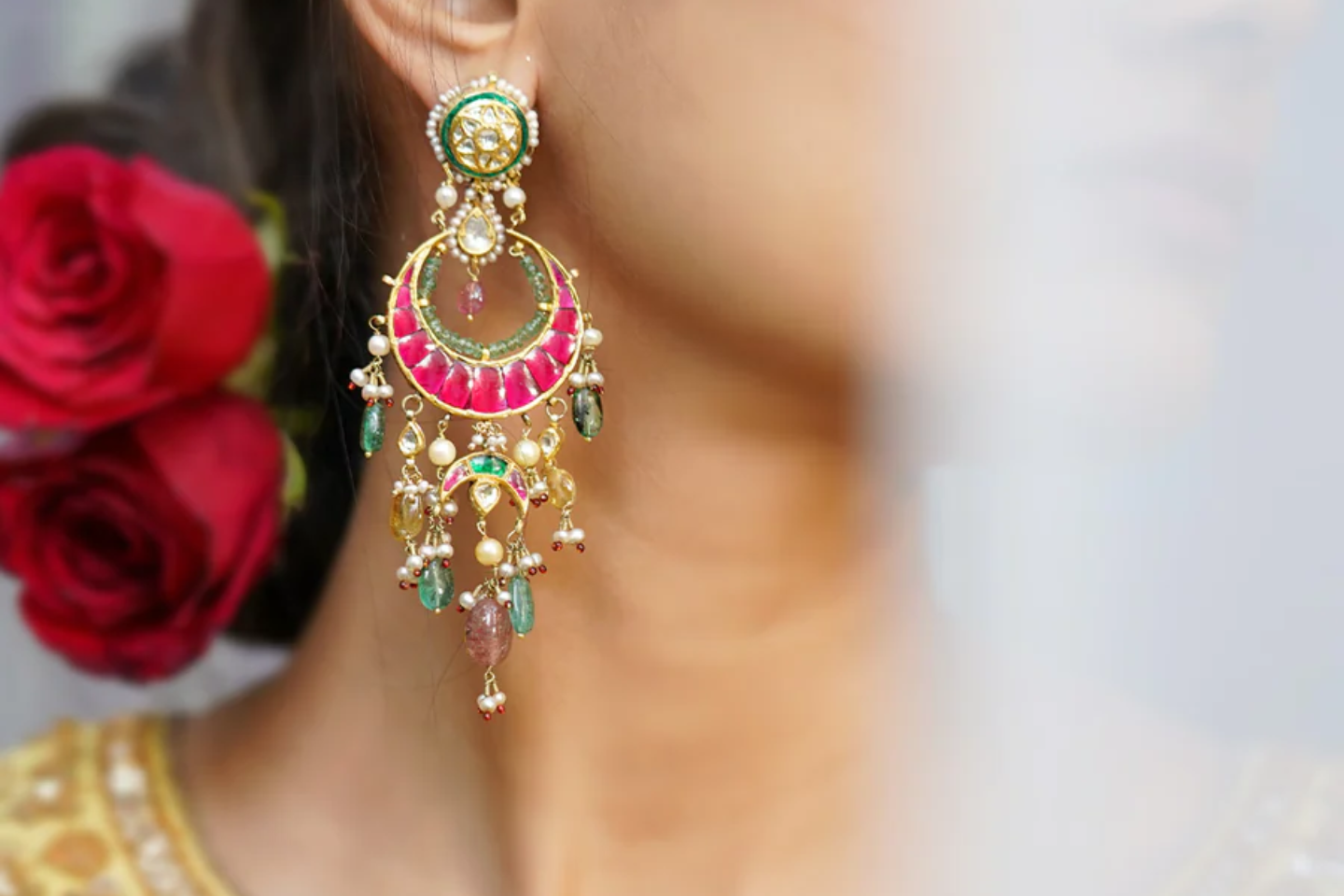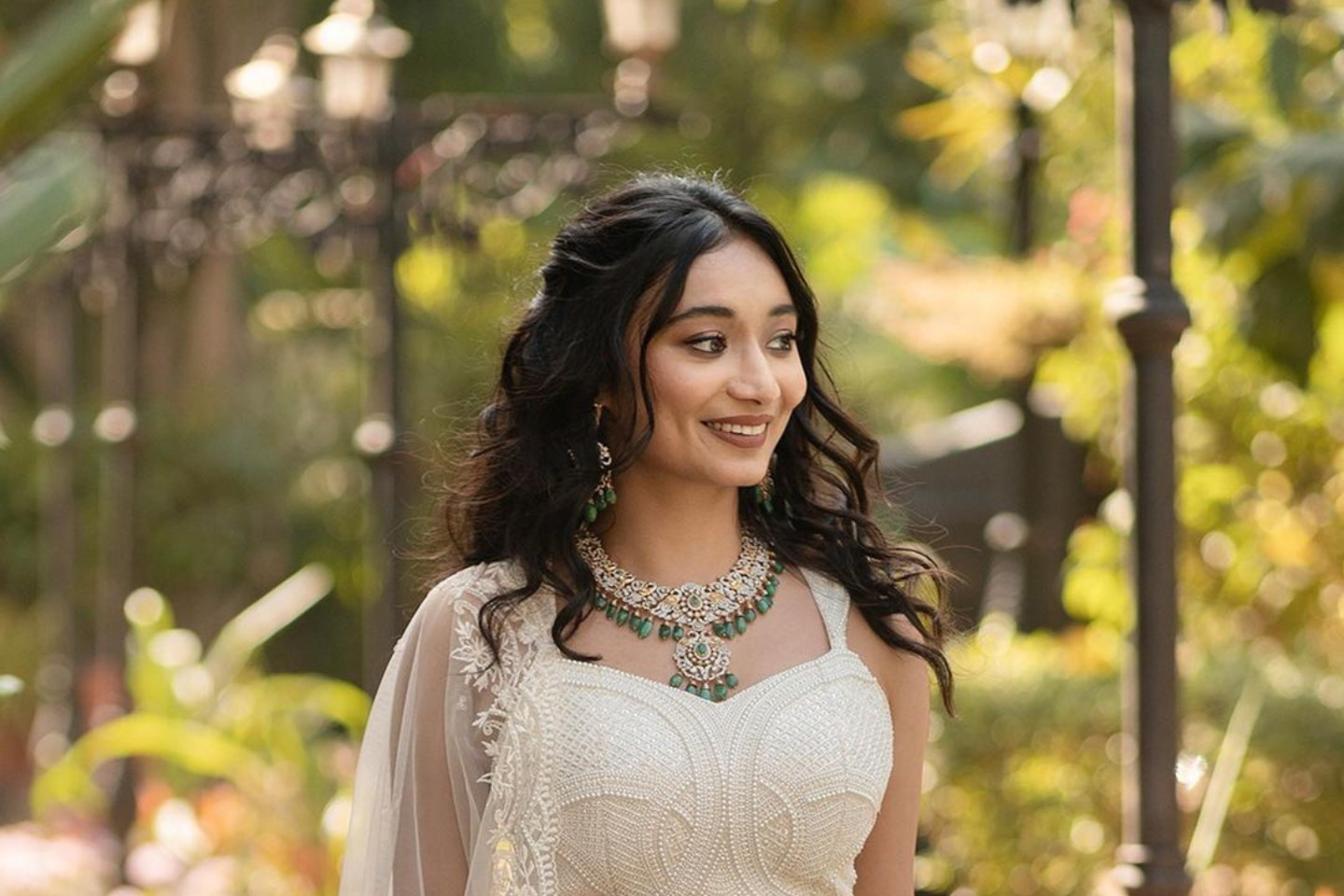If you were to describe Indian weddings in one word, what would it be?
Grand?
Vibrant?
Jamboree?
While all of these words and more do describe an Indian wedding, another word we’d like to add to the list would be adaptive.
While Indian weddings are known for being heavily influenced by culture and traditions, they have evolved over time as time changed. Nowadays, getting married is more of a personal choice than a formal obligation. For millennial couples, adapting an old wedding custom to the times of today is the key to moving forward and down the aisle. As a result, they can express themselves freely and without feeling constrained by social norms.

Image courtesy: Unsplash
Indian Weddings—Then and Now
Even though some wedding traditions have been passed down for decades or even centuries, not everything has remained the same. Like fashion and everything else, wedding trends have also changed significantly over time.
Indian weddings Are now more emotive and diverse than ever
Nowadays, Indian weddings are quite emotive and bold, especially when it comes to taking photographs. Couples don’t shy away from getting romantic in front of the lens or showcasing their love for their SO.
The rise in the acceptance of inter-faith marriages has led to a growing number of fusion weddings and mixed marriages, which allow different ethnic components to give weddings a distinctive flair.

Image courtesy: Unsplash
Indian weddings are no longer strictly seasonal or restricted to the couple’s hometown
In the past, Indian weddings were held only during specific summer and winter months, but now they have started happening throughout the year. Destination weddings have also started taking over the traditional practice of having a wedding in your hometown. Destination weddings are now more common across all income brackets; they are no longer reserved for the wealthy. With a smaller, closer-knit circle of friends and family, more couples are choosing to leave their hometowns.
Indian weddings have become more private
Over the last couple of years (maybe even a decade or so), Indian weddings have become smaller and more intimate. Couples don't invite the entire town, and guest lists are also trimmed. There is a noticeable trend toward smaller, more private wedding events. They invite only their closest friends and family, though most families still feel the need to host one customary, extravagant reception in order to share at least one special event with everyone who has ever been a part of their lives.

Image courtesy: Unsplash
Couples give due importance to personalization during wedding planning
Bespoke clothes, monikers, customized gifts—these are three examples from a long list of things that receive a personal touch for a one-of-a-kind celebration. Indian weddings are nowadays carefully planned. Families commission artists to create a painting that would be used as the wedding invitation, commission songwriters and poets to compose songs and poems in praise of the couple that would be sung or recited during the ceremony or plan entertainment for the guests that will last throughout the entire day.
Brides have started experimenting with colors other than red for their bridal outfit
Though red and pink are timeless and considered auspicious, the new-age bride has started experimenting with blues, golds, and pastel colors. Brides are also increasingly incorporating western or other fusion elements into their bridal attire, such as lighter fabrics and less ornate decoration. The style more often reflects the personality of the bride, and what she wants to say to the world. And designers aren’t designing outfits just for the bride—they now focus on dressing the bride's entire tribe as well.

Image courtesy: Unsplash
Couples have become more environmentally conscious with their wedding
Couples nowadays are working to reduce the carbon footprint left by their weddings by limiting the functions to 2–3 days. Some couples choose to have just one or two celebrations for their closest friends and family. Others are adopting a mindful approach by looking for environmentally friendly solutions, whether it be sending digital invitations, choosing environmentally friendly decor, giving up plastic, curating welcome baskets with locally sourced organic and healthy goods, or simply wrapping gifts in natural, recyclable materials.
Changing surnames have undergone a new change altogether
The millennial bride has started to either not change her surname at all or add her husband’s surname while keeping her maiden name. On the other hand, there are certain men that have started adding the surname of their wife to their name.
